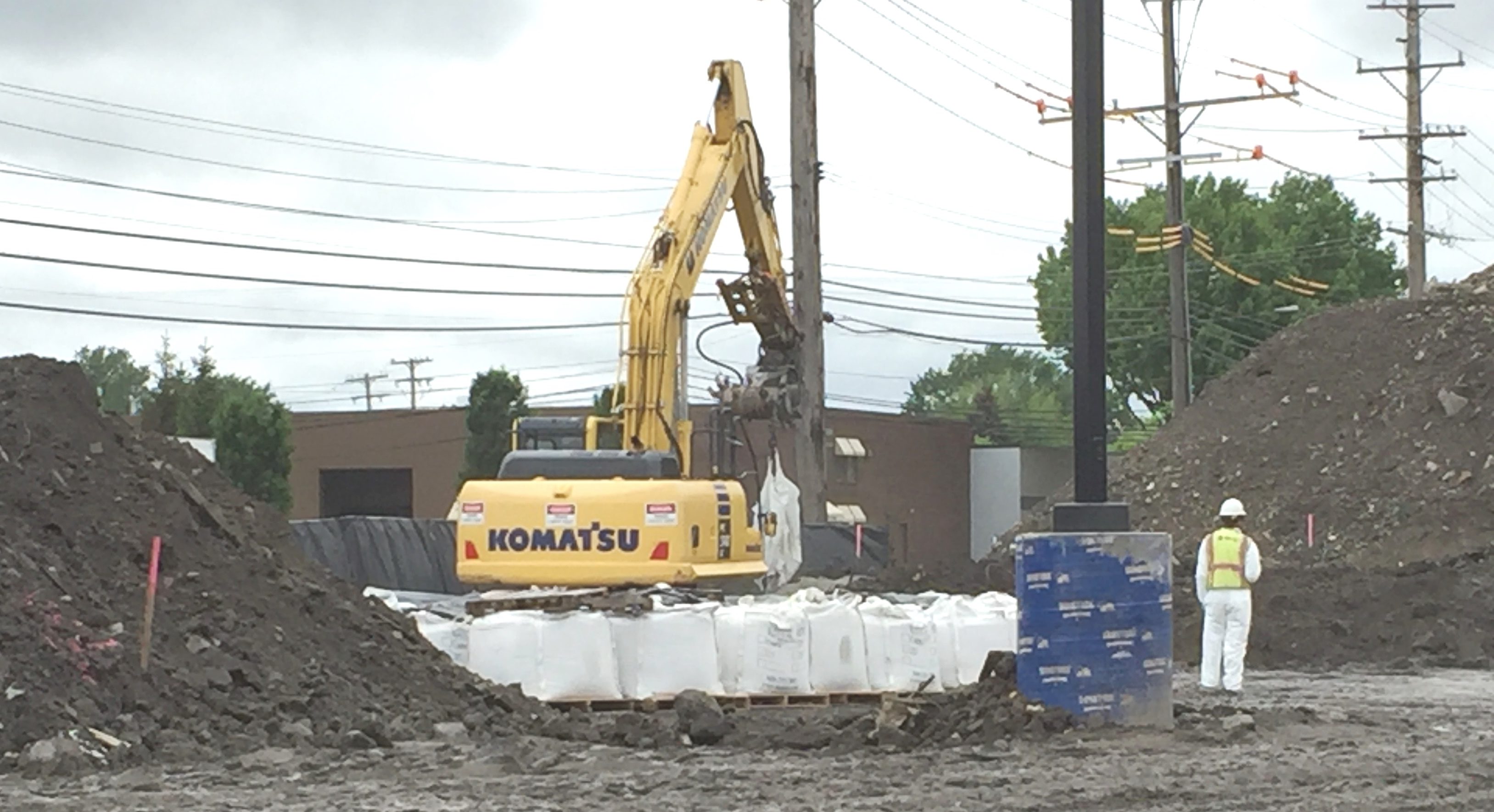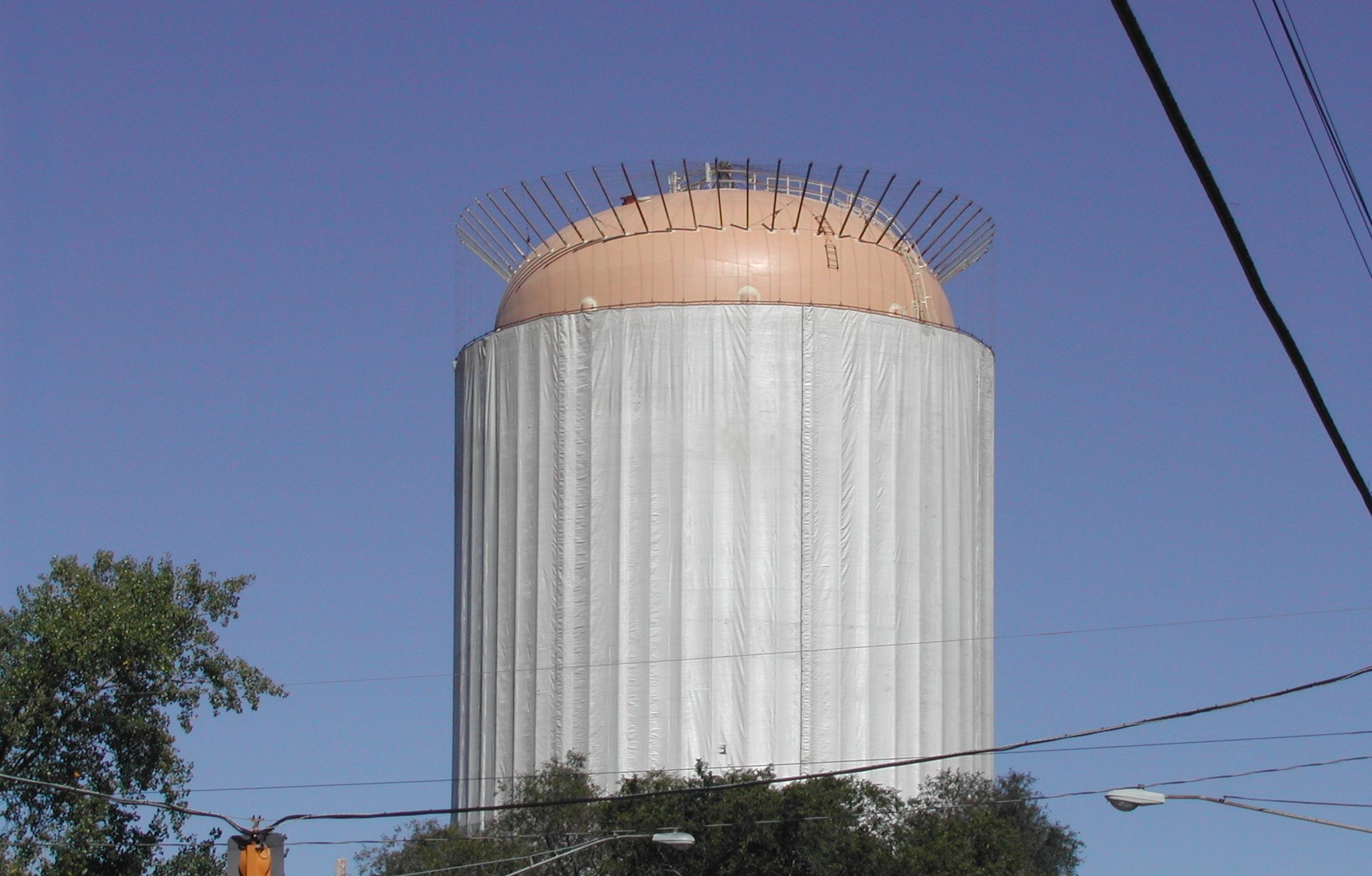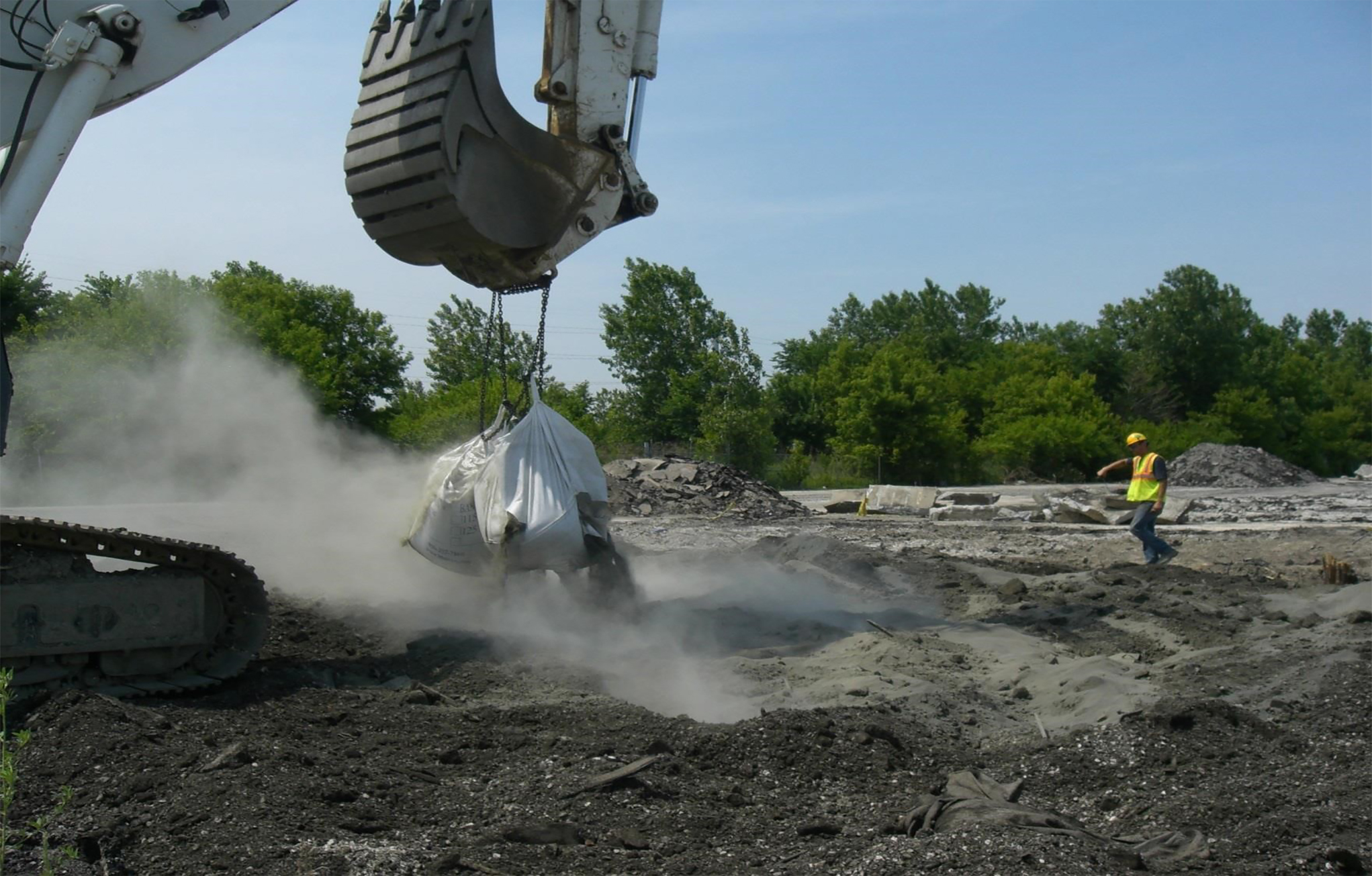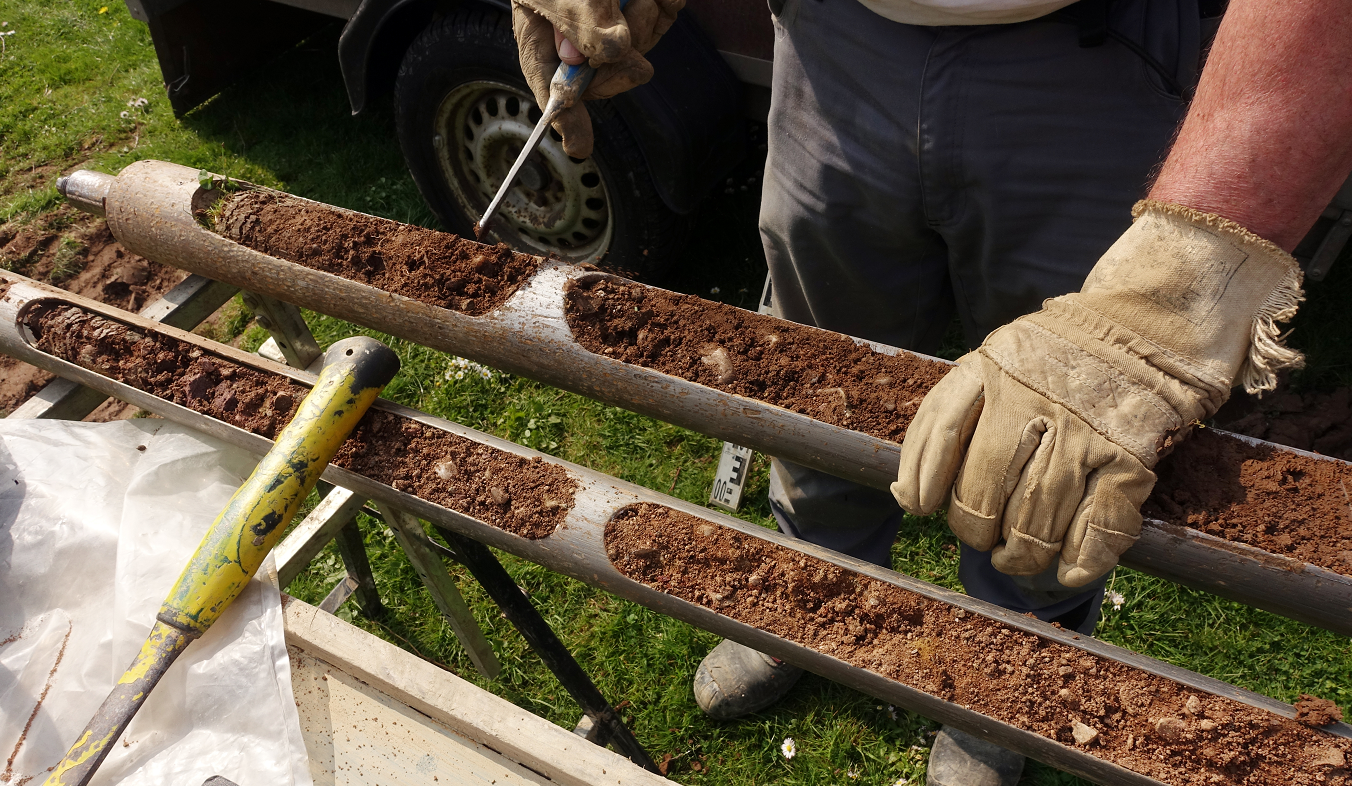
In-Situ Mixing of Contaminated Soils: Turning Hazardous Waste into Safe Ground
Contaminated soils are a significant environmental challenge, often stemming from industrial activities, improper waste disposal, and accidental spills. These soils, laden with hazardous substances like heavy metals and other toxic elements, pose serious risks to both human health and the environment. Traditional remediation methods, such as excavation and off-site disposal, can be costly and disruptive. However, in-situ mixing offers a viable alternative to treat contaminated soils on-site, transforming them from hazardous to non-hazardous waste.
What is In-Situ Mixing?
In-situ mixing is a remediation technique that involves the direct mixing of soil with various treatment agents in place, without the need to excavate or transport the contaminated material. This method is particularly effective for treating large volumes of soil and is often used in situations where excavation is not feasible due to logistical constraints or the potential for further contamination.
The Process
The in-situ mixing process typically involves the following steps:
Soil Mixing: Specialized equipment, such as augers or rotary tillers, is used to mix the soil with the treatment agents. The depth of mixing and the type of equipment used will depend on the contamination’s extent and the desired outcome.
Site Assessment: Before any remediation can begin, a thorough site assessment is conducted to determine the extent of contamination, the types of contaminants present, and the physical characteristics of the soil.
Advantages of In-Situ Mixing
In-situ mixing offers several advantages over traditional soil remediation methods:
Long-Term Stability: The chemical reactions involved in in-situ mixing often result in the long-term stabilization of contaminants, reducing the risk of future environmental issues.
Cost-Effective: By treating the soil on-site, in-situ mixing eliminates the need for excavation, transportation, and off-site disposal, significantly reducing costs.
Minimal Disruption: Since the soil remains in place during treatment, there is minimal disruption to the site, making this method ideal for urban areas or sensitive environments.
Flexibility: In-situ mixing can be tailored to treat a wide range of contaminants and soil types, making it a versatile solution for various remediation challenges.
Conclusion
In-situ mixing is an innovative and effective approach to soil remediation, offering a practical solution for transforming hazardous waste into non-hazardous material. By treating contaminated soils on-site, this method not only protects human health and the environment but also provides a cost-effective and minimally disruptive alternative to traditional remediation techniques. As environmental regulations continue to tighten and the demand for sustainable practices grows, in-situ mixing is likely to play an increasingly important role in managing contaminated soils.







